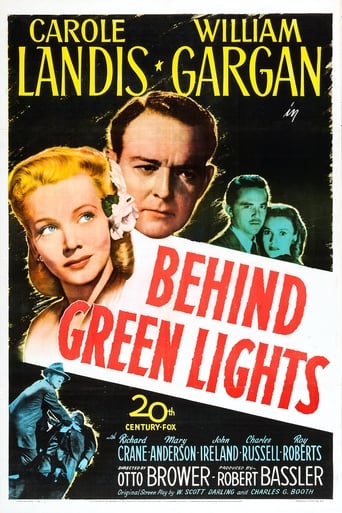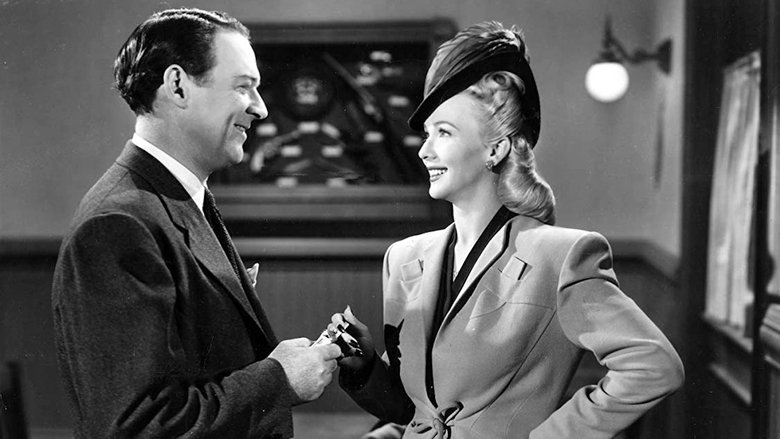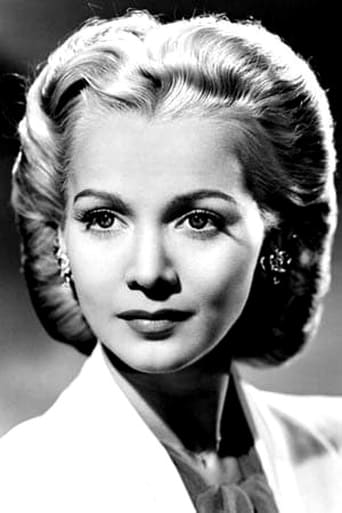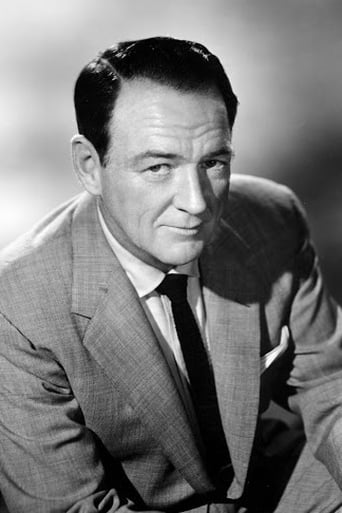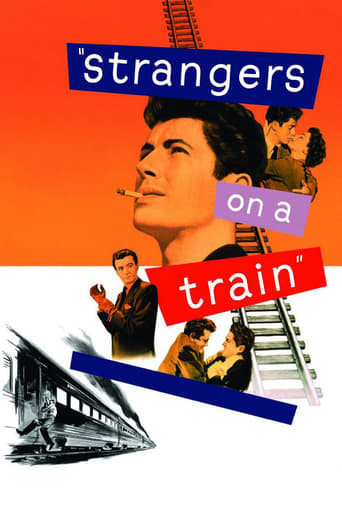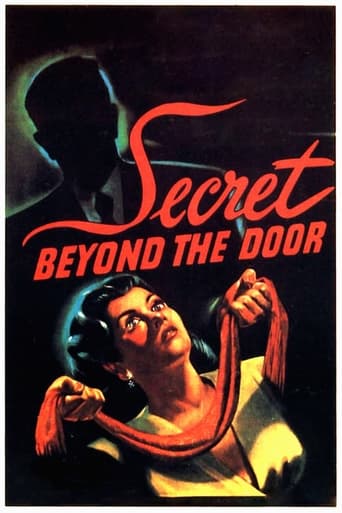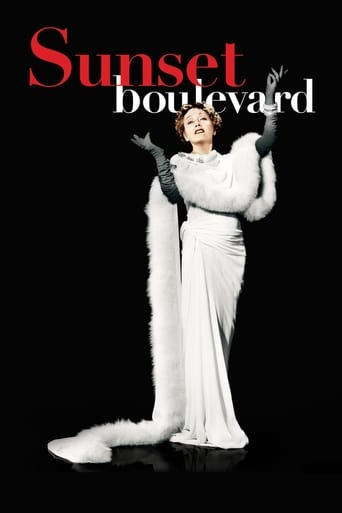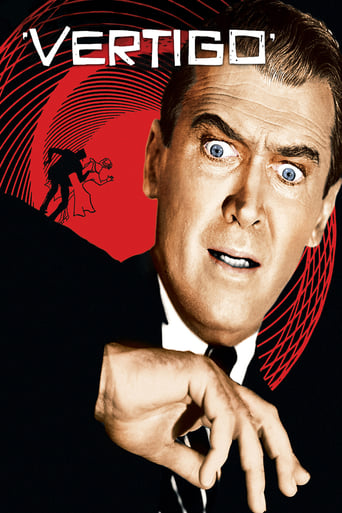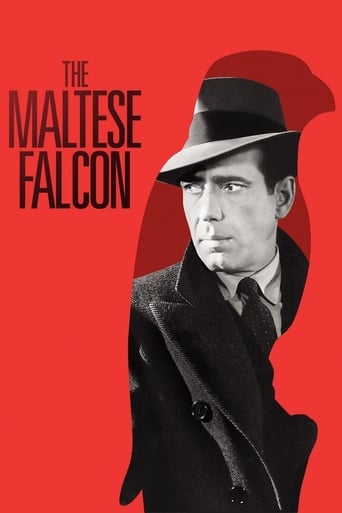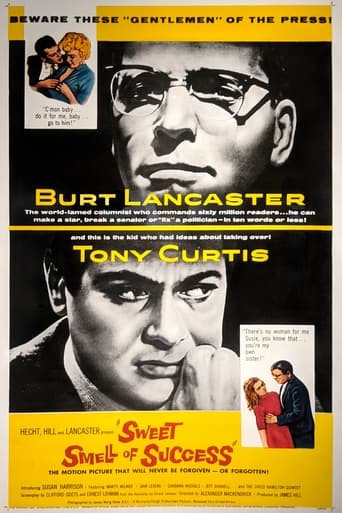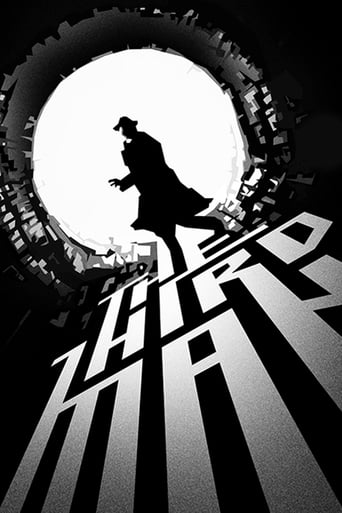Behind Green Lights (1946)
An unscrupulous private investigator with a penchant for blackmail is found dead in a car and the leading suspect is Janet Bradley, the daughter of a mayoral candidate. With the election just weeks away, shady and ruthless individuals muscle the medical officer into switching the corpse with another body. Lieutenant Sam Carson, one of the few good apples in the bunch must find a way to get to the bottom of it all.
Watch Trailer
Cast


Similar titles
Reviews
Why so much hype?
Powerful
everything you have heard about this movie is true.
It's hard to see any effort in the film. There's no comedy to speak of, no real drama and, worst of all.
This noir B thriller from 20th Century Fox shows the temptations that the police are under. William Gargan stars and plays a doggedly honest cop who has a homicide literally dropped on his doorstep at the precinct headquarters. It's almost like someone was taunting the cops to solve this one.The victim in Behind Green Lights was a seedy private detective who had a nice sideline in blackmail and no one really is going to mourn his passing. But the case is loaded with political implications because Carole Landis, daughter of the reform candidate for mayor was seen leaving the victim's apartment.The largest newspaper in town is supporting the current administration and Roy Roberts says that the easiest thing in the world for Gargan to do to advance his career is pick up Landis and book her. At least until the election is over which will be in a few days. Something about Roberts sticks in Gargan's craw. He could easily justify holding Landis and helping his career, but he won't do it.There's a nice array of suspects and by definition performances. There are two keys here, a very sleazy medical examiner played by Don Beddoe and a bag lady played by Mabel Paige. Between the two of them the real story comes out.Behind Green Lights bears no small resemblance to Detective Story in structure. Most of the action takes place in the police station. This film is nicely paced with a few good comic touches. I can't mention them because they are within the plot structure and not just added on. This noir film is a good one to check out.
A dead body is dumped outside a police station one night. This leads to a mystery involving a femme fatale and corruption.This was an entertaining mystery in my book. While it was set almost totally in two locations - the police station and the flat where the murder took place - it has a fairly polished feel and holds the interest throughout. The mystery is involving enough and there are some moments of noirish atmosphere and style towards the end. There were some elements of humour introduced which, while not being strictly necessary, weren't too distracting either. Behind Green Lights isn't a poverty row effort, it was made by one of the big studios so that may account for it's relatively impressive overall presentation. It's hardly a film that breaks the mould but it's a fairly effective little mystery that is worth watching if you like these kinds of flicks.
This is about what you'd expect from a hastily written and produced murder mystery from 1946. The director must have had the producer looking over his shoulder, taking notes on time and expenses. But even at that, Otto Brower's direction displays a staggering lack of imagination. I'll give one example and let it go.Near the beginning, a cub reporter is being shown around the police station where most of the action is to take place. His fellow newspaperman walks him past the usual people who show up in police stations with complaints or being questioned for having performed some suspicious act, perhaps First Degree Lurking.The guide walks the new reporter down the hallway and they pass three sets of cops interviewing people who have business with the police. Each time they reach a new pair, the reporters stop and stand silently while the cop and the complainant exchange a few humorous words, then move on to the next pair, where the routine is repeated, as in a vaudeville skit. Whines one African-American, "She done run off with my car." Detective: "Nothing you can do, that car is community property." Complainant: "But she done took it OUT of da community!" What's irksome isn't the racial humor. That was common enough at the time and often was pretty funny. And it's not even that the lines themselves are no more than slightly amusing. And it's not that this routine -- the camera panning a police station in which civilians are being quizzed one after another -- is so thoroughly familiar. It's that the pair of reporters STOPS, and so does the camera, until each skit is completed, before moving on. All Herr Brower needed to do before the take was give a simple direction to the reporters, like, "You can slow down but keep walking." That would have strained no one's patience and made little demands on anyone's talent.The performances are good enough. William Gargan is bland as the nice lieutenant who is tempted to knowingly follow a false lead because of a hypothetical imperative. J. Farrel MacDonald -- a great bartender in the same year's "My Darling Clementine" -- is lost in a minor role. A villainous newspaper editor and a sleazy blackmailer look suitably slimy. An old Irish lady who sells flowers on the street isn't nearly as funny or charming as the writers had hoped. John Ireland dominates each scene he's in. The musical score is pedesterian. There is some nice photography by Joe MacDonald, including an outdoor shot (one of only two in the entire movie), in which a big car glides along a wet cobblestone street. A little touch of expressionism in the night. It's hardly worth describing the plot. An important newspaper wants an innocent young woman arrested for murder for political reasons; her father is running on the reform ticket or something. I may be getting it mixed up with the newspaper in "Boomerang." The Press Room is straight out of "The Front Page," including the oddball who wears a queer coat and is fussy about it. The resolution of the mystery appears suddenly out of a puff of smoke. The writers weren't breaking their backs on this one. A recently dead body gets mixed up with that of "a floater we found a couple of weeks ago", and the wrong bodies gets wheeled around under their sheets. At one point, a live but balmy escapee slips under the sheets too.You know what? Without too much trouble, the lines could have been rewritten as DELIBERATE gags, see. And you put Bob Hope and Mantan Moreland into the leads. And instead of Carole Landis, you use Dorothy Lamour. And you make the movie at Paramount. And -- voila! -- it's a successful comedy!
A police-procedural mystery that's about halfway to film noir but comes up short, Behind Green Lights takes place entirely during a single night in a midwestern city (stockyards are mentioned; Kansas City? Chicago?). A car rolls up to the green globes of a police station, holding the murdered body of a private investigator who dabbled in blackmail. Asked in for questioning is Carole Landis, daughter of a mayoral candidate, who had been in the extortionist's apartment earlier that evening. Though other suspects emerge, the ink-stained wretches on the police beat smell a scoop: If Landis is convicted in the press, it will swing the election that's just a few days off.Its view of the press as partisan, corrupt and unprincipled is the most unusual aspect of Behind Green Lights. It assumes (in this case rightly) that the newspapers have mercenary minions stowed throughout the city government. The medical officer (Don Beddoe) clearly takes his orders not from night-shift boss William Gargan but from a sleazy tabloid's editor-in-chief (Roy Roberts). On his instructions, he substitutes victim's body for a John Doe's after he discovers that the murder weapon was poisoned Bourbon, not the gunshot that would implicate Landis. (This switching around of corpses introduces an antic element of slapstick from which the movie never quite recovers.)But the pervasive corruption of big-town politics remains oddly matter-of-fact, never developed into an indictment or accepted as a grim given of mid-twentieth-century American life; it's just a plot point. (The movie also has to work around the central presence of the charisma-free Gargan, while John Ireland is wasted as his assistant.) It wraps up neatly, leaving little atmosphere behind (Mabel Paige as a flower vendor stays the most memorable character). Still, it has a brisk pace and professional look - both indoor and outdoor scenes have a dark, noirish shine, thanks to director of photography Joe MacDonald, who would go on to light many worthy noirs - and leaves one wishing that it had been just a little bit longer and a little bit better.

